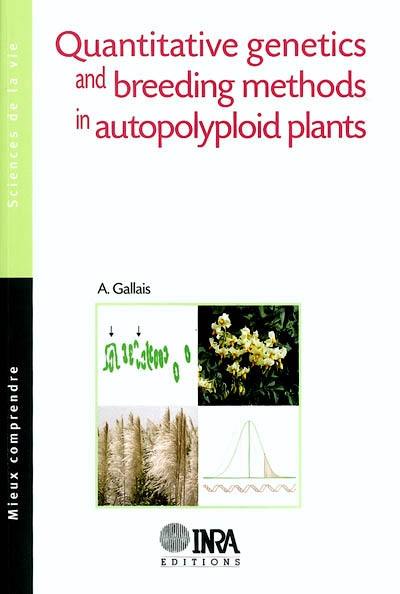
Collection(s) : Mieux comprendre
Paru le 26/02/2004 | Broché 515 pages
Professionnels
In autopolyploid species, as a result of the polyploidy of gametes themselves, there is a tendency toward an association between parental homologous genes. In this book, the consequences of such a particularity are described at different levels : population genetics (including effect of natural selection), quantitative genetics (including QTL detection), plant breeding methods (including marker-assisted selection) and varietal development. Theoretical developments mainly focus on autotetraploids though many results refer to an arbitrary ploidy level, diploidy becoming a specific case. Concepts in population genetics and quantitative genetics are redefined and differences with diploidy are underlined. The case of induced tetraploids is addressed throughout the different chapters.
This book is intended for researchers, lecturers and students faced with problems of population genetics, quantitative genetics and breeding methods of autopolyploids. It will provide them with a definition of the major concepts adapted to an arbitrary ploidy level. Plant breeders working on natural or induced autopolyploids will also find here the elements required to implement the best selection and varietal development methods.
André Gallais is Professor of Genetics and Plant Breeding at the "Institut National Agronomique Paris-Grignon" (INA PG). He is currently developing researches in quantitative genetics and breeding methods on maize at the Plant Genetics Station of Le Moulon (Gif/Yvette, France). Formerly, he had worked on two autotetraploid species : cocksfoot as breeder, and lucerne which was the plant material of his PhD thesis on heterosis and inbreeding effects in an autotetraploid species at the INRA Forage Plant Breeding Station of Lusignan (France).